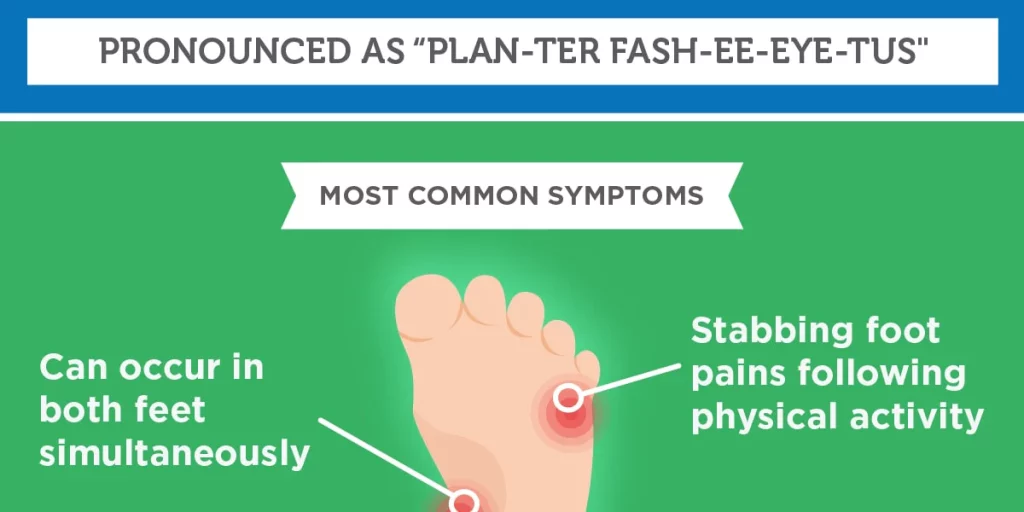how to cure plantar fasciitis in one week: Our Ultimate Recovery Guide!
how to cure plantar fasciitis in one week: discover the secret to banishing plantar fasciitis pain in record time with our proven 7-day recovery plan!
Welcome to our curated guide on how to combat plantar fasciitis in just one week! Dealing with plantar fasciitis can be incredibly frustrating and can significantly impact your daily life. But fear not, because we have compiled a step-by-step recovery plan that will fast-track your healing process. Get ready to bid farewell to the excruciating pain and regain your mobility in just seven days!
Understanding Plantar Fasciitis
Before diving into our weeklong recovery plan, let’s first understand what plantar fasciitis is and its underlying causes. Plantar fasciitis occurs when the plantar fascia, a thick band of tissue that connects the heel bone to the toes, becomes inflamed or irritated. This inflammation can be triggered by various factors, such as overuse, wearing improper footwear, having flat feet, or engaging in activities that put excessive stress on the feet.
Identifying the symptoms of plantar fasciitis is crucial for early intervention. Common symptoms include sharp pain in the heel or arch of the foot, stiffness, and discomfort that intensifies with activity or after long periods of rest.
Weeklong Recovery Plan
One of the most important aspects of recovering from plantar fasciitis is giving your foot sufficient rest. Avoid activities that exacerbate the pain and opt for low-impact exercises instead. In conjunction with rest, ice therapy is a simple yet effective method to reduce inflammation. Apply an ice pack (wrapped in a towel) to the affected area for 15-20 minutes several times a day.
Day 2: Stretching and Strengthening Exercises
Stretching and strengthening exercises play a vital role in aiding recovery. They help to alleviate pain, improve flexibility, and strengthen the muscles and tendons in the foot. Some effective exercises include:
- Calf stretches: Stand facing a wall with your hands placed on it. Step one foot back while keeping your heel grounded. Lean forward, feeling a stretch in the calf of the extended leg. Hold for 30 seconds and repeat on the other side.
- Towel curls: Sit on a chair and place a small towel on the floor in front of you. Use your toes to scrunch up the towel, then release. Repeat this exercise for a few minutes.
Day 3: Utilizing Orthotic Devices
To provide additional support and relieve pressure on the plantar fascia, orthotic devices can be immensely beneficial. These include arch supports, night splints, and custom-made shoe inserts. Choose orthotics that suit your specific needs and use them consistently to enhance your recovery process.
Day 4: Massage and Self-Care Techniques
Massaging the affected area can help improve blood circulation and reduce pain. Use your hands or a tennis ball to gently massage the arch and heel of your foot. Additionally, self-care techniques like rolling a frozen water bottle or a golf ball under your foot can provide relief and break up adhesions in the plantar fascia.
Day 5: Choosing Suitable Footwear
Proper footwear is essential for recovery and preventing future occurrences of plantar fasciitis. Opt for shoes with good arch support and cushioning. Look for designs specifically engineered to support the arch and absorb shock. Avoid high heels and flip-flops, as they can exacerbate the pain.
Day 6: Incorporating Low-Impact Exercises
While rest is crucial, incorporating low-impact exercises into your routine can help maintain blood flow and prevent stiffness. Activities such as swimming, cycling, or using an elliptical machine are gentle on the feet and can be a great way to stay active while recovering from plantar fasciitis.
Day 7: Seeking Professional Help
If the pain persists or worsens, it is essential to seek professional help. A healthcare professional, such as a podiatrist or physical therapist, can provide a tailored treatment plan for your specific condition. They may recommend additional treatments like physical therapy sessions, corticosteroid injections, or extracorporeal shockwave therapy (ESWT) to expedite your recovery.
Preventing Future Occurrences
While our recovery plan is focused on helping you heal in just seven days, it is equally important to take steps to prevent future occurrences of plantar fasciitis. Some preventive measures include:
- Wearing proper footwear with arch support and cushioning on a regular basis
- Gradually increasing the intensity of exercises or physical activities
- Performing regular stretching and strengthening exercises for the feet and calves
- Maintaining a healthy weight to reduce excess pressure on the feet
Remember that ongoing foot maintenance and self-care are vital to preventing reoccurrence. Pay attention to any signals of discomfort or pain and address them promptly.
Conclusion
Tackling plantar fasciitis doesn’t have to be a long and arduous process. By following our curated guide and implementing the steps outlined in our weeklong recovery plan, you can find relief and get back on your feet in just seven days. Remember to consult a healthcare professional if your pain persists or worsens. Stay positive, be consistent, and soon you’ll be pain-free and ready to conquer the world, one step at a time!







